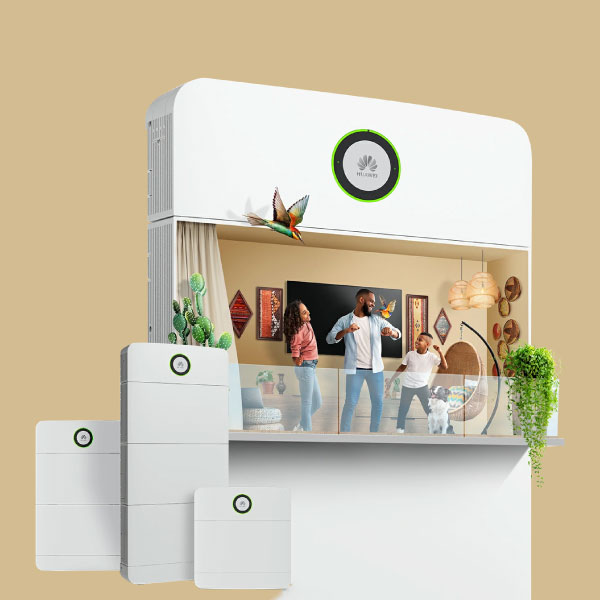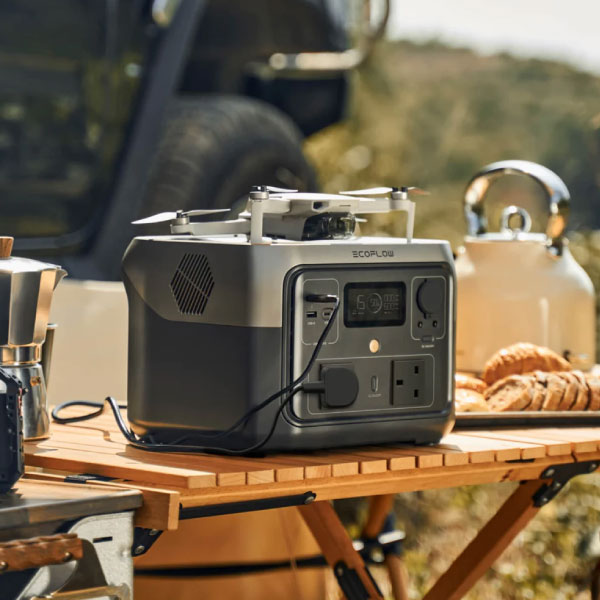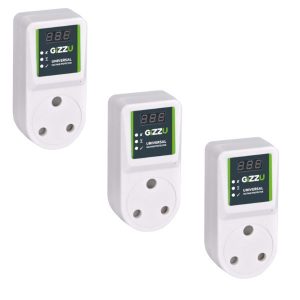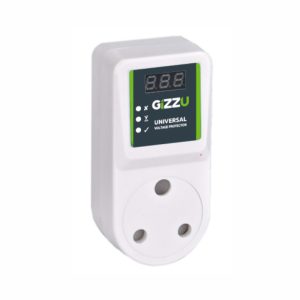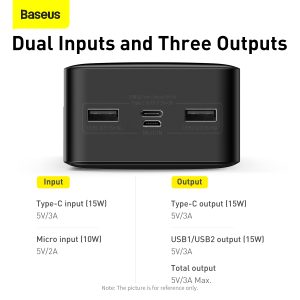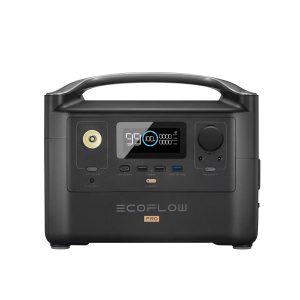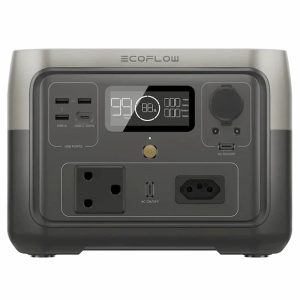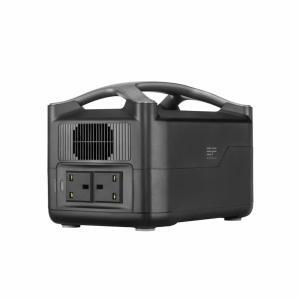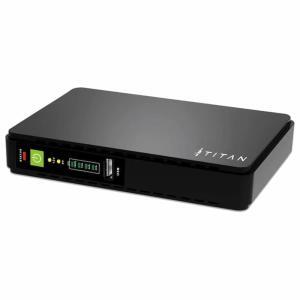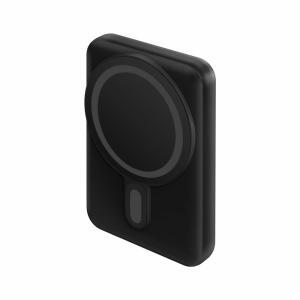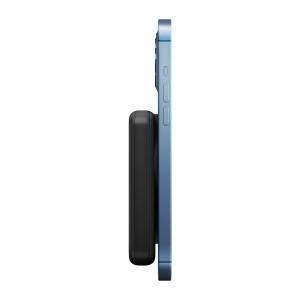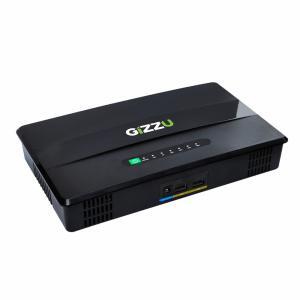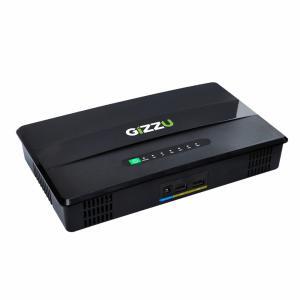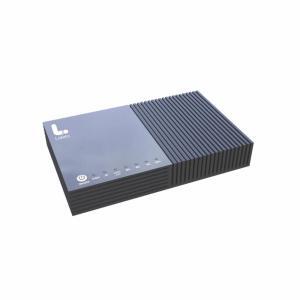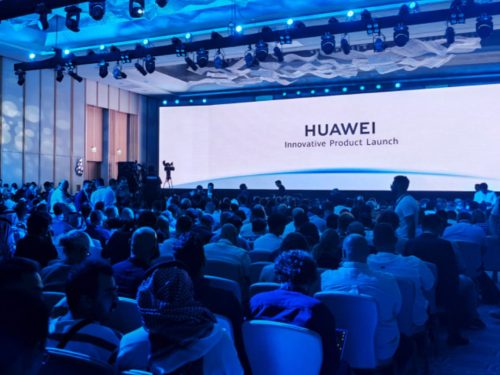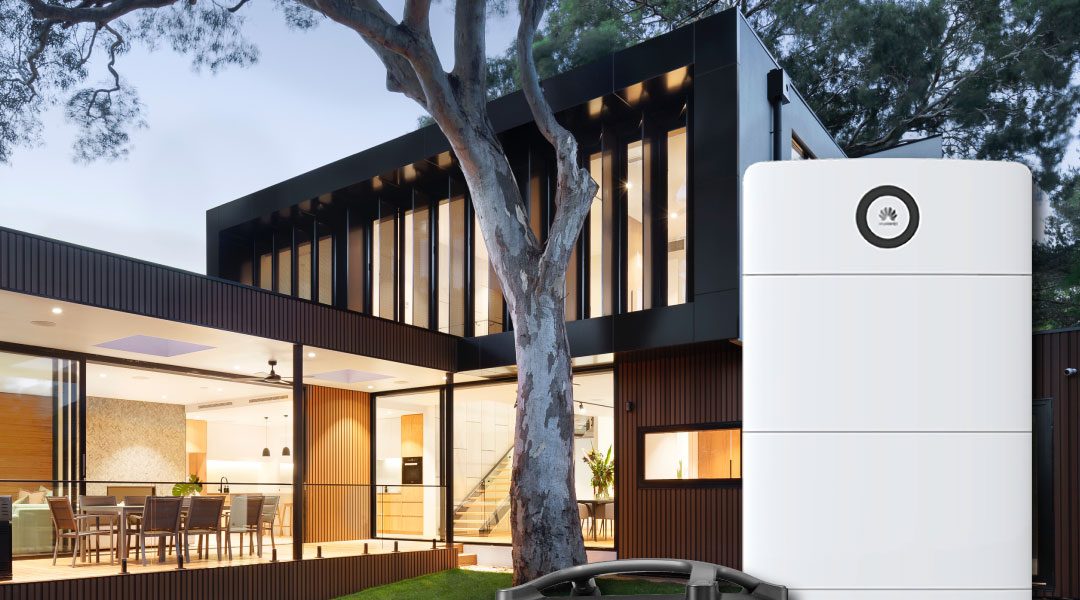
The Back-Up Battery Boom

The Battery Boom – Power Station or Inverter Systems.
The lift shows “out of order”, colleagues sigh every time their phone pings, the printer guy can’t meet the deadline and the Uber driver complains the whole drive home. Load-shedding after so many years is still casting its shadow on us. If you are not directly affected, you will be indirectly affected, or you clearly have NOT been in the dark. Individuals have decided to take the problem into their own hands and turn this lemon into a battery. Batteries have made a real comeback in our lives. Along with 90s raves, I personally imagined batteries would have died too, but here we are amidst a battery re-awakening.
Power Stations and Inverter systems have been pulled hot off the shelves, with many people assuming they are 100% suitable for their setup, but unfortunately, these have become major safety issues. Especially when people don’t know what they are looking for or how to make sure they are compatible with their homes and requirements. Below we light up the way to helping you make the best decision possible.
What’s the difference between a power station and an inverter system?
In short, a power station is an All-in-One Solution, a self-contained unit that typically includes a built-in rechargeable battery, inverter, and various output ports (e.g., AC outlets, DC ports, USB ports). Power stations are designed to be portable, making them ideal for outdoor activities, and emergency power on the go. They are lightweight, compact, and easy to carry.
Inverters are a standalone device that converts direct current (DC) power from a battery or solar panel into alternating current (AC) power, which is used to operate household appliances and electronic devices. Inverters offer more flexibility and customization options which are usually professionally installed. They can be combined with various battery types and capacities, allowing users to build a power backup system that suits their specific power requirements.
Which requirements should I be considering?
Choosing the right one for your requirements is a personalised decision, based on specific criteria. Let’s spark them up below
- Power Requirements: Blue Sky is to be off the grid, but most of us will just be looking for a solution during power outages, assess the total power requirements of the devices you want to operate during these situations. Power stations come with integrated batteries of varying capacities, which determine their backup time and the number of devices they can power. In an inverter system, you can select the battery capacity that suits your needs, providing longer backup times if required, ideal for stages 6 and up. Calculate the total wattage or watt-hours (Wh) needed to power your essential devices and appliances. See how to do this at the end of the article.
- Portability: If you are looking for a convenient choice a power station might be the right option. It is a more portable solution for outdoor activities, camping, emergencies, or on-the-go power, as they are designed to be compact and lightweight, so most people can lift them.
- All-in-One vs. Customizable: Pre-configured and user-friendly, if these terms send a happy shock wave through your body, power stations offer a built-in battery, inverter, and multiple output options. They are considered an all-in-one solution requiring minimal setup. However, if you looking for a more individual customized option, an inverter system provides more flexibility. It allows you to choose the battery capacity, type, and configuration according to your more personalised power requirements.
- Versatility: Consider the types of devices you want to power, we are talking more than just a phone or WiFi router, both solutions give you possibilities for the TV or Fridge. Power stations are versatile and can handle various electronic devices, small appliances, and even power tools, depending on their output capabilities. An inverter system, you can customize the setup to a more specific and powerful solution to run larger devices or appliances based on your battery and inverter choice.
- Installation: Power stations are mostly plug-and-play, requiring minimal setup and no professional installation, but you should be sure to confirm with a professional regarding your choice. Inverter systems may need proper wiring and connections, especially for larger setups or if integrated with solar panels or off-grid systems.
- Budget: Neither setup are small fry amounts, you need to confidently evaluate your budget for the chosen power solution and whether it will be worth it in the long run. A good power station can be between R4 500 – R65 000. They can be more expensive upfront due to their all-in-one design. An inverter system can vary considerably, it might be more cost-effective if you already have batteries or want to build a customized system over time. Inverters can range from a similar bracket of R4 500 – R164 000. If you are including solar panels or any other alternative source of power, this could further elevate the price.
- Safety and Convenience: This should always be treated as a top priority. Power stations come with integrated safety features and are user-friendly, making them a safe and straightforward choice for most users. In an inverter system, proper installation and adherence to safety guidelines are essential to ensure safe operation.
How to select a safe power station or inverter system option?
Once you have defined which route to go based on the above and you know your power requirements. Selecting a safe power station or inverter system to ensure a reliable and secure power supply is crucial. Here are some factors to consider when picking a safe option:
- Choose the Right Capacity: We mentioned this above in the Power Requirements, but it is worth mentioning again. Sufficient power capacity to handle your load requirements should be considered for both the continuous power rating and the surge power rating. The surge power rating should be able to handle the initial power surge that occurs when some devices start up.
- Pure Sine Wave vs. Modified Sine Wave: What are we talking about here, good thing you read this article then… when it comes to inverters systems, you need to decide whether you need a pure sine wave or modified sine wave inverter. So, what is this exactly?… Pure sine wave inverters produce a smooth and clean AC power output, suitable for sensitive electronics and appliances. Modified sine wave inverters are more affordable, but may not be compatible with certain devices and can cause issues with their performance or lifespan.
- Ground Fault Circuit Interruption (GFCI): Wowzer we are getting technical now… GFCI helps prevent electric shocks by detecting imbalances in electrical currents and quickly interrupting the circuit, so if you plan to use the inverter outdoors or in wet environments, consider one with built-in GFCI protection.
- Battery Type: Yes we repeat the safe word a lot because it is important! When, it comes to a power station make sure they have a reputable and safe battery type, such as lithium-ion or lithium iron phosphate (LiFePO4), compared to older battery chemistries like lead-acid which were not so safe.
- Battery Management System (BMS): Reliable another repeated word. A power station should have a reliable sophisticated Battery Management System (BMS) that helps monitor and manage the battery’s health, temperature, and charging/discharging processes.
- Charge/Discharge Ports: Make sure there are the necessary ports and outlets to charge your devices safely. Common ports include USB ports, AC outlets, DC outlets, and USB-C ports. Verify that the ports are compatible with the devices you intend to charge.
- Cooling Mechanism: Another very important aspect to avoid overheating is to verify if the power station has an efficient cooling system. Proper cooling helps maintain the power station’s performance and safety, especially during extended use or high-power applications.
- Safety Features: To help prevent electrical accidents, look for safety features, such as overload protection, short-circuit protection, over-voltage protection and over-temperature protection. They also protect your devices from potential damage.
- Quality and Reliability: Choose an established and reputable manufacturer known for producing reliable and high-quality solutions. Research customer reviews and ratings to assess performance, longevity, and overall satisfaction with a particular model.
- Installation and Wiring: As boring as they are you need to follow the manufacturer’s instructions and guidelines for proper installation and wiring. If you’re unsure about the installation process, consult a qualified electrician to ensure safe and compliant installation.
- Maintenance and Servicing: This can add to your costs, so consider the maintenance requirements. Some solutions may require regular inspections, cleaning, or servicing. Follow the manufacturer’s recommendations for maintenance to ensure safe and optimal operation.
- Certification and Compliance: Look for products that comply with relevant safety and performance standards, as well as certifications in your region. For example, in South Africa, look for inverters certified by organisations such as SABS-approved or alternatively CE-approved (which is the European standard) to ensure they meet specific safety standards.
- User Manual and Guidelines: Don’t think you can master this without the manual, this is not flat-packed furniture. Read the user manual and guidelines thoroughly. Familiarize yourself with its operation, safety instructions, and recommended usage. Adhering to the manufacturer’s guidelines to ensure safe and optimal use.
- Warranty and Support: This is important, so you don’t get caught off guard, check the warranty offered by the manufacturer to ensure coverage in case of defects or malfunctions. Additionally, consider the level of customer support provided by the manufacturer to address any concerns or issues you may encounter.
In the end it all depends on if you prefer a portable or customisable solution and budget. Choose a power station all-in-one solution with built-in batteries and various output options. Opt for an inverter setup if you already have batteries or want to build a more extensive backup system over time. Make an informed decision by assessing your power needs, intended use, and budget. Evaluate these factors carefully before investing.
Always prioritize safety and refer to the manufacturer’s documentation, guidelines, and user manual for operating the chosen option. At Cellucity we pride ourselves in having a solution for you when the need arises, contact us for any inverter systems or power stations and we will gladly assist you with your decision and our available solutions.
Shop our available solutions below:
How to calculate your power needs – working out the total wattage or watt-hours (Wh) needed to power your essential devices and appliances:
Calculating the total wattage or watt-hours (Wh) needed to power your essential devices and appliances is like solving a puzzle that ensures your power needs are met without any blackouts or energy crashes. Let’s demystify this process step by step:
Step 1: List Your Devices First. Make a list of all the devices and appliances you want to power during an outage or off-grid situation. Include everything from your smartphone charger to the coffee maker and beyond. Don’t leave any power-hungry gadgets behind!
Step 2: Gather Technical Specs. Do this for each device. You’re looking for information like the device’s voltage (V) and current (A) rating. You’ll often find this information on the device itself or in the user manual.
Step 3: Calculate Power Consumption. The power (wattage) a device consumes can be calculated using the formula:
Power (W) = Voltage (V) x Current (A)
Multiply the device’s voltage by its current to get the wattage it consumes when running. For example, if a device operates at 230V and draws 2A, its power consumption would be 460W.
Step 4: Consider Usage Time. Here comes the important part—how long you plan to use each device during the power outage. Let’s say you’ll be using a device for 2 hours. To find the energy consumption in watt-hours (Wh), multiply the power consumption (in watts) by the usage time (in hours):
Energy (Wh) = Power (W) x Time (h)
Using the example above, if the device consumes 460W and you plan to use it for 2 hours, the energy consumption would be 920Wh.
Step 5: Sum it Up Repeat steps 3 and 4 for all your devices, adding up their energy consumption in watt-hours. This total will give you an estimate of the total energy you need to power your essential devices during the outage.
Step 6: Safety Margin Remember, it’s wise to add a safety margin of around 20% – 25% to your total energy consumption estimate. This extra wiggle room accounts for unexpected power surges or variations in device efficiency.
Step 7: Battery Capacity When selecting a power station or inverter system, consider the battery capacity. It should be equal to or greater than your estimated total energy consumption (including the safety margin). This ensures you have enough energy to keep your devices running smoothly without exhausting the battery.
And voilà! You’ve cracked the code and calculated the total wattage or watt-hours needed to power your essential devices and appliances. With this knowledge, you can confidently choose the right power solution to keep your gadgets running, your coffee brewing, and your superhero gadgets charging during those power outages! 🦸♂️💡🔋
NB! Whilst we are no sparkies, it is essential to use the services of a qualified electrician when installing any inverter or backup system directly onto your electrical Distribution Board (DB).

